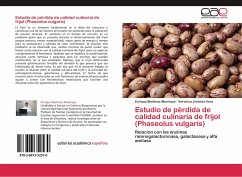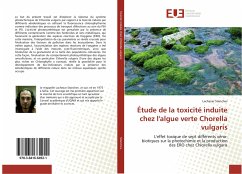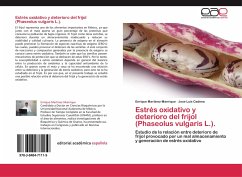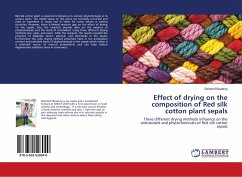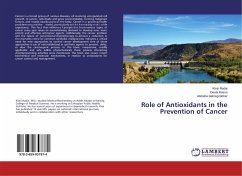
Antioxidants and Antimicrobials from Prunella vulgaris
Antioxidants and Antimicrobials
Versandkostenfrei!
Versandfertig in 6-10 Tagen
47,99 €
inkl. MwSt.

PAYBACK Punkte
24 °P sammeln!
Medicinal plants are a great source of economic value in Indian subcontinent.Nature has bestowed us a very rich botanical wealth. The medicinal properties of plants are attributed due to presence of several types of bioactive principles.Most of them are secondary metabolites of which 12,000 have been isolated,a number estimated to be less than 10% of the total. Herbal medicine is the mainstay of 75- 80% of whole population, mainly in developing countries for primary health care because of better cultural acceptability, better compatibility with the human body, bearable cost and fewer side effe...
Medicinal plants are a great source of economic value in Indian subcontinent.Nature has bestowed us a very rich botanical wealth. The medicinal properties of plants are attributed due to presence of several types of bioactive principles.Most of them are secondary metabolites of which 12,000 have been isolated,a number estimated to be less than 10% of the total. Herbal medicine is the mainstay of 75- 80% of whole population, mainly in developing countries for primary health care because of better cultural acceptability, better compatibility with the human body, bearable cost and fewer side effects. The projecting escalating demand of medicinal plants has led to the over harvesting by traditional healers, illegal trade of many useful plants from wild, which subsequently result in decline or loss of their existing population. Most of the modern threats to plant species are anthropogenic in nature. So, need of the hour is to conserve the germplasm of viable species for future generation effectively. Biotechnology significantly contributes by providing in vitro conservation options through tissue culture technique.




